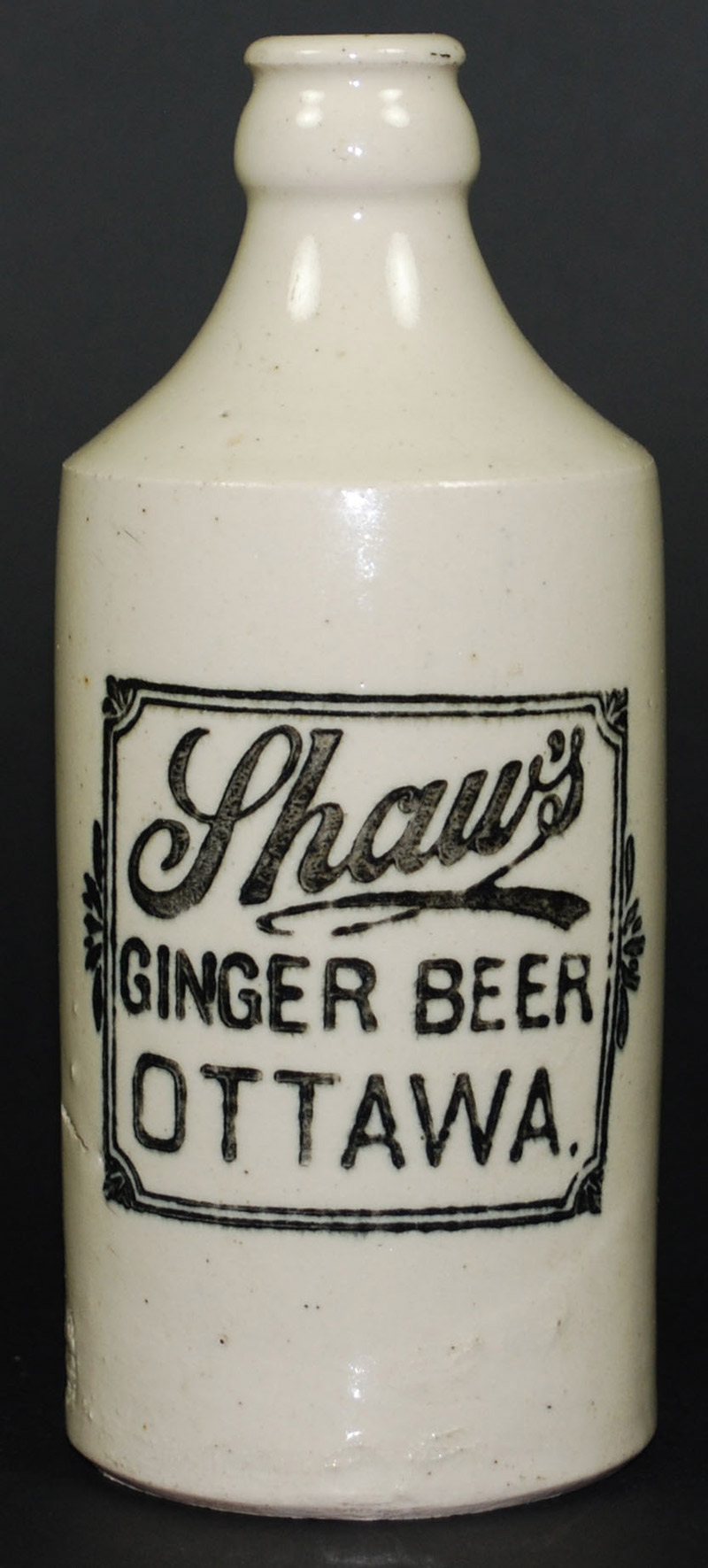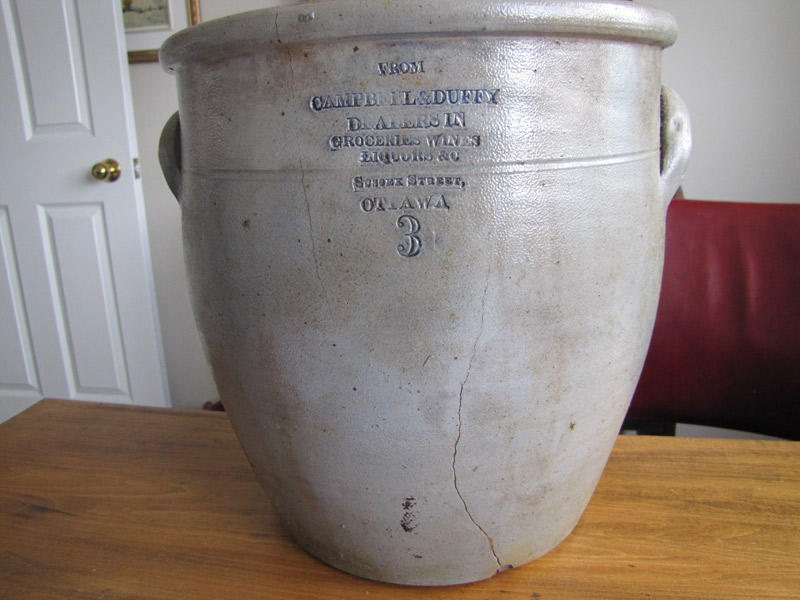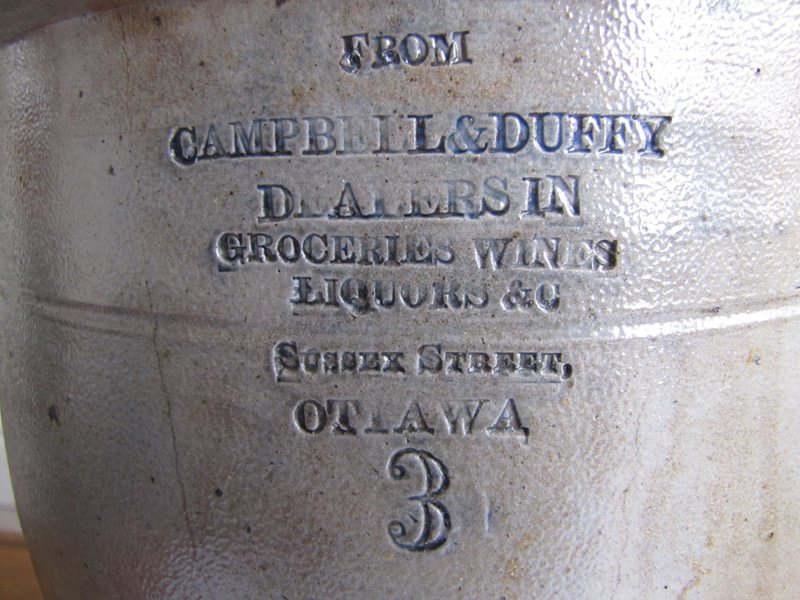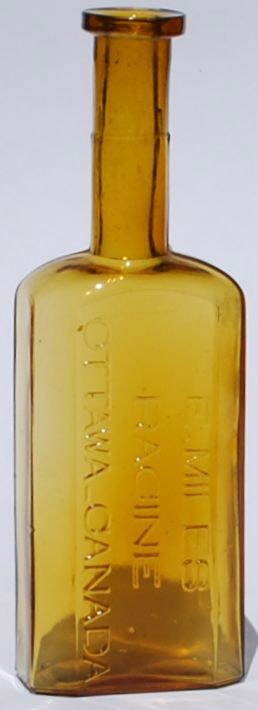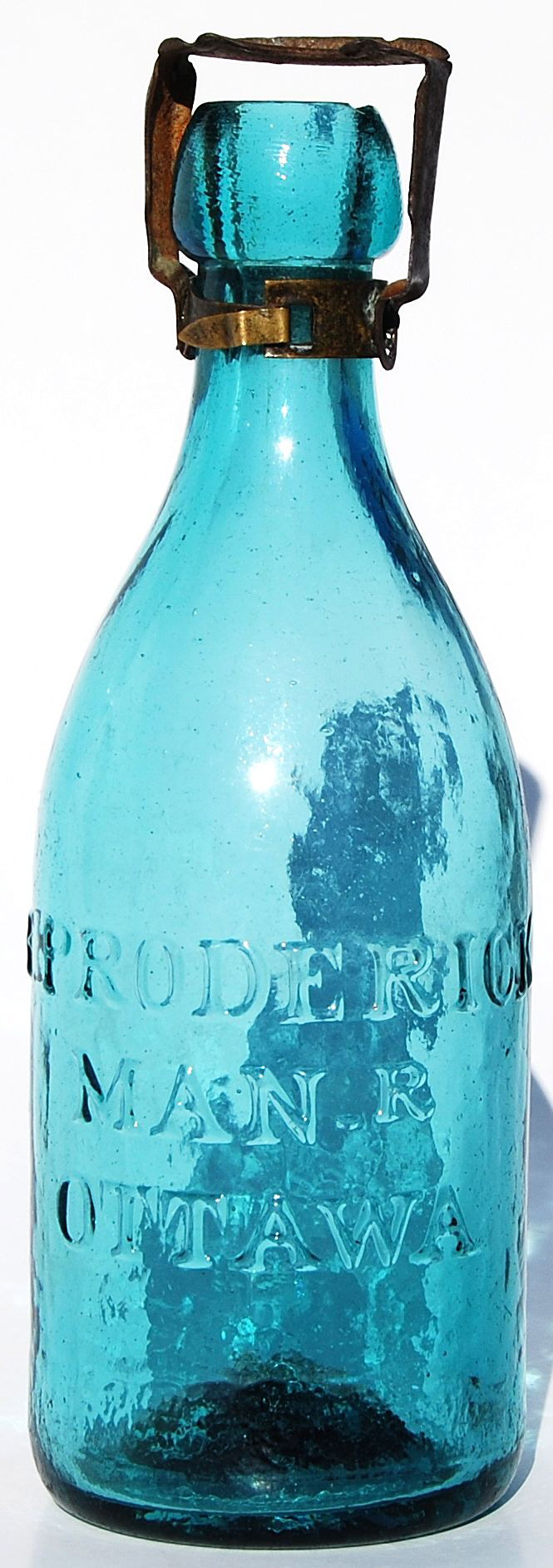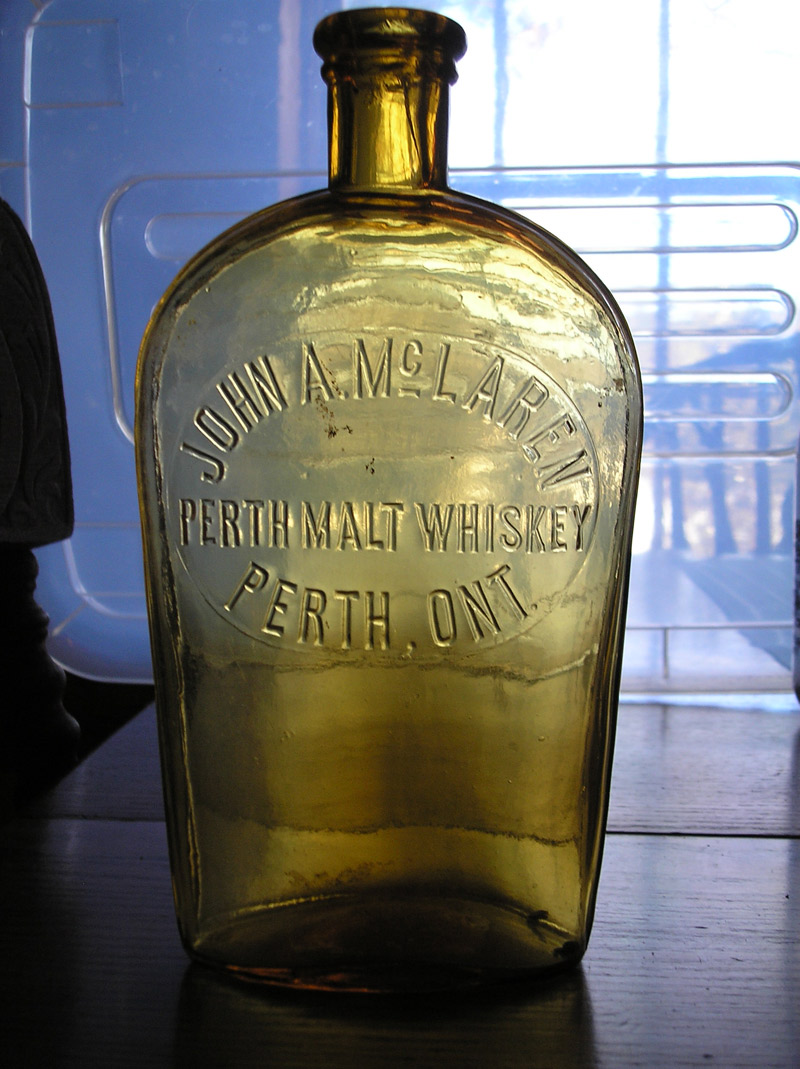By Shaun Markey –
My last column about the stunning auction price of an amber fruit jar that brought $14,500 at a Canadian Internet auction likely caused some KT readers to take a second look at the old bottles stashed in their basements, attics and garages.
Like all antiques and collectibles, bottles provide a material link with the past, a connection to the time and places of history.
Bottles, as a category of collecting, meet many important criteria. First and foremost, it is a wide and deep field so the opportunities for collecting are numerous and varied.
The variety of bottles, their uses, design, colour and the packaging that often accompany them is endless. Some collectors go after specific types of antique bottles: perfume, medicine, liquor, ginger beer, pop bottles, fruit jars, milk bottles – the list goes on.
Early bottles were mouth blown, a process whereby a solid piece of glass is heated and attached to a long tube into which the maker exhales his or her breath to expand the glass into the desired shape. Later, bottles were made from moulds, a much simpler process.
While colour attracts many individuals because they like the way daylight shines through them, the majority of collectors seek antique bottles because of their age, manufacturer or store and brand names that appear on them. A collector can focus on mouth-blown bottles or define their search geographically, to bottles from their hometown, for example, or from one region or province. You could even get as specific as collectible bottles from Westboro!
Stoneware, redware and the other products of Canadian potteries are cousins to bottles and are also highly sought after by collectors.
One of the attractive aspects of bottle and stoneware collecting is that these objects turn up in a variety of places including garage sales, flea markets, consignment stores, antique shops and auctions.
Some collectors even dig for bottles in old dumpsites. Others dive for them underwater. The creation of the St. Lawrence Seaway resulted in Eastern Ontario communities being flooded by the river and enthusiastic collectors continue to find bottles, stoneware and redware during underwater dives to those now submerged villages.
Of course, collectors place a value on items based on a number of factors. An object that is more difficult to find typically has a higher value to collectors. One can also focus collecting efforts on visually interesting but low cost antique bottles. Or, collecting items at the top of the chain, the hard-to-find and rare bottles, which command top dollar – the aforementioned amber fruit jar being a prime example. Most collectors start slowly with inexpensive bottles and stoneware and gradually move up to more highly sought after items with higher prices.
Stoneware is prized by collectors for the graphics and the merchant stores noted on the front of them. Potteries in Eastern Ontario produced these containers in many shapes and sizes. For a fee, the potter would impress the name of the business and location on the front of the crock. For a higher fee, the potter could include a cobalt blue decoration such as a bird, flowers or, on extremely rare occasions, a fish, horse or a locomotive. In 35 years of collecting, I have seen one small Ottawa merchant crock with a fish decoration and one with the image of a horse.
The names and type of decoration on stoneware have a direct relation to its value. The more interesting the decoration, the higher the value becomes.
Age and condition are also important factors. One example is a salt glazed three gallon open storage crock with the words Duffy & Campbell, Dealers in Groceries, Wines and Liquors, Sussex Street, Ottawa inscribed on the front.
Collectors seek stoneware made and marked “Canada West” or CW. This indicates that the piece was manufactured before Confederation in 1867. In good condition, because of the rare merchant name, the Duffy & Campbell crock would likely be worth about $500 and perhaps more.
The second example is an amber-coloured McLaren whiskey bottle. John A. McLaren distilled whiskey in Perth, 50 miles west of Ottawa in the 1880’s and his products became very popular in hotels in that town and neighbouring communities.
The amber colour of this bottle makes it a rare find and valued at $300. Both the stoneware crock and the McLaren whiskey were part of the “show and tell” feature at a recent meeting of the Bytown Antique and Bottle Collectors Club.
Shaw’s was one of several independent Ottawa breweries and soda water manufacturers that operated locally. John R. Shaw operated his business from 1905 to 1919. Transfer printed stoneware bottles from these companies are sought after by collectors. The Shaw example shown in the accompanying photograph, a later one is worth, in good condition, about $200 to $300.
Other highly desirable Ottawa bottles are the E. (Edmund) Miles Hair Bottle valued in the $400 to $500 range. Mr. Miles ran a high-end barbershop on Sparks Street in the late 19th century.
The Proderick Soda Bottle is from the Proderick confectionary. It is the oldest glass bottle known from Ottawa and dates to the 1850’s. It has a value in the $2,500 to $3,500. As you can tell from these prices, higher end bottle collecting is not for the faint of heart!
It’s worth noting that while many areas of collecting have been impacted by the sluggish economy of the last several years, prices for antique bottles and stoneware have remained strong. It’s a comforting fact to know that a bottle or stoneware collection, as well as being visually interesting, can be a relatively secure investment too!
Similar to other areas of antique collecting, the search for bottles and stoneware can, if you let it, become the driving force in your life. Weekends, vacations, most, if not all of your spare time, can be devoted to the search.
Bottles and stoneware give participants a fascinating insight into history and functioning of our local cities, towns and villages. Through these collectibles, we can better understand how early business and commerce were conducted before mass production and mass communication. Collecting any antique object is akin to holding history in your hands and there’s no other feeling quite like that!
For more information on collecting antique bottles and stoneware, visit the Bytown Antique and Bottle Club’s website ottawacollectors.com. Scott Wallace of Maple Leaf Auctions kindly provided photos for this article. You’ll find more information at mapleleafauctions.com. Jim Winton owns the amber McLaren whiskey bottle pictured above, is President of the Bytown Antique and Bottle Club and also represents Otter Creek Antiques of Lombardy, ON.
Shaun Markey has been a collector of Canadian antiques and folk art for over 30 years. He is a longtime resident of Westboro and the author of Folk Art in the Attic, a memoir of his antique collecting experiences. He also writes for some of North America’s leading antique publications including the Maine Antique Digest, Canadian Antique and Vintage, New England Antiques Journal and The WayBack Times.
![WEB-feature-Proderick|WEB_treasuresA39_GB008_Shaws_Ottawa_1|WEB_treasuresIMG_0695|WEB_treasuresIMG_0696|WEB_treasuresMiles-Racine-Ottawa|WEB_treasuresProderick[1]|WEB_treasuresric-004 |||||The Proderick Soda Bottle is from the Proderick confectionary. It is the oldest glass bottle known from Ottawa and dates to the 1850’s and is worth $2](https://kitchissippi.com/wp-content/uploads/2024/08/web-feature-proderick-696x246.jpg)
